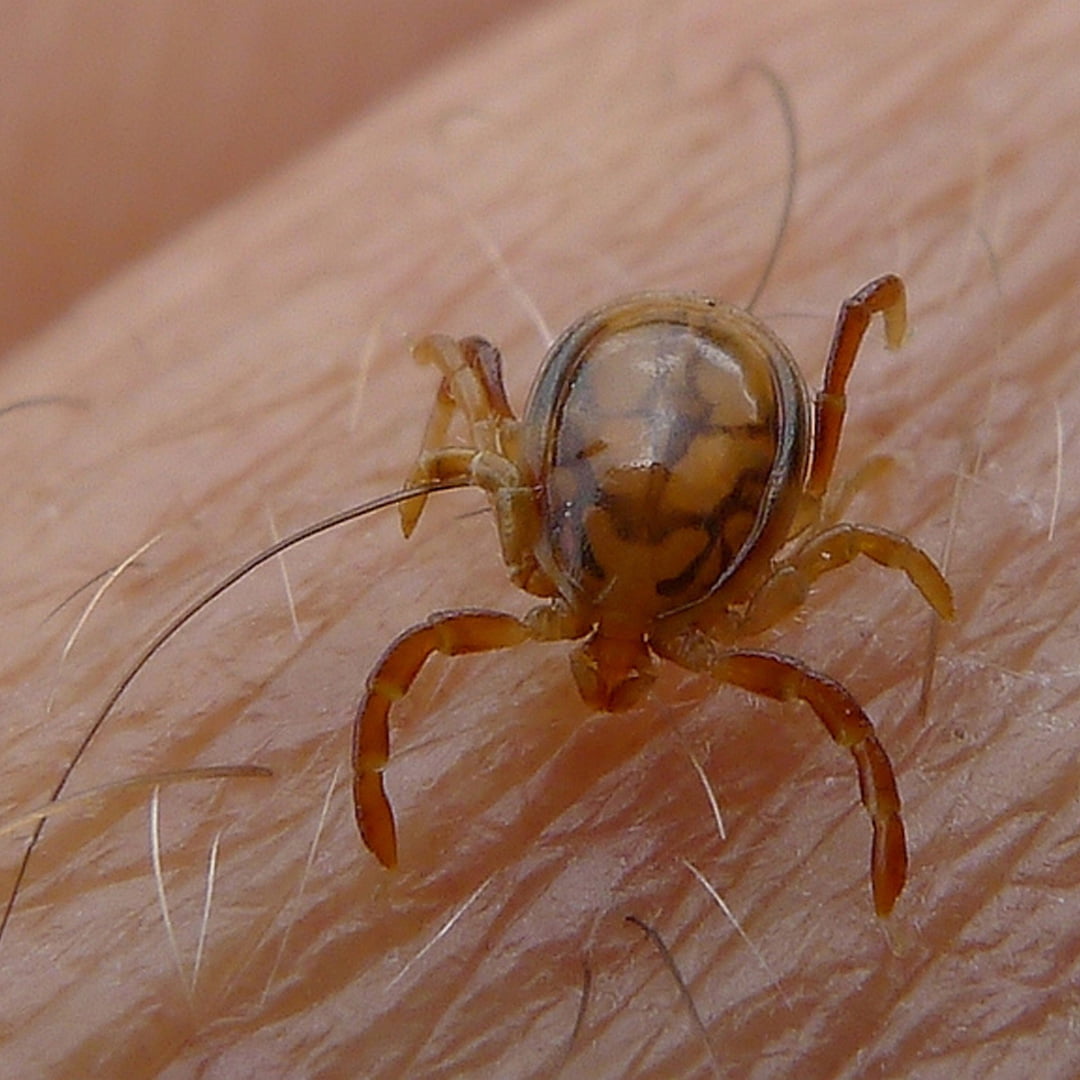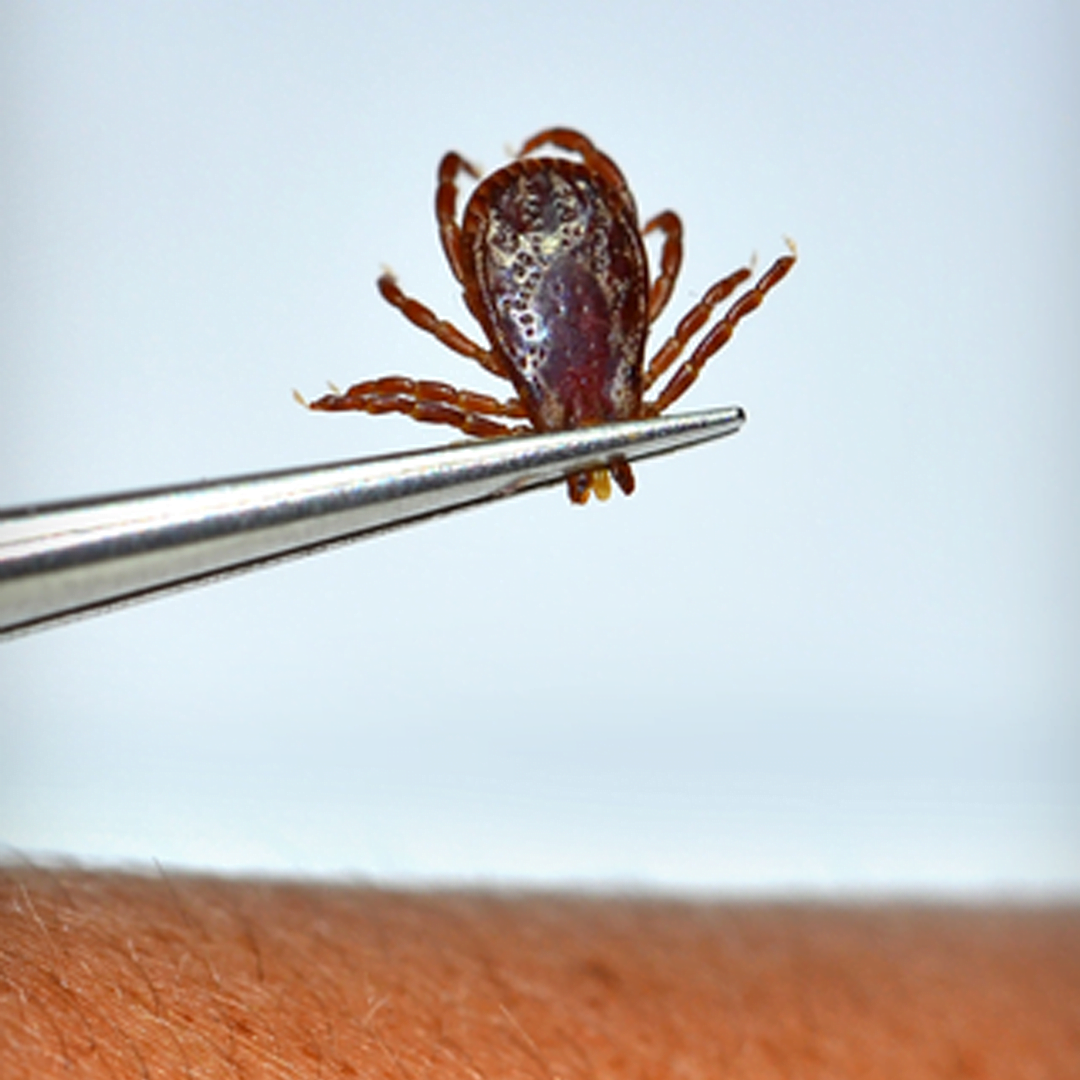Ticks on animals

Not only humans can be bitten by ticks, but animals can too. Ticks are attracted to the warmth and movement of mammals, which means that dogs and cats can also suffer from ticks. In the latter, the tick is usually on the head, in the neck and in the skin folds. Ticks prefer areas with hairless, thin skin such as the snout, ears and legs. When not engorged, a tick looks like a small black/brown spider. They crawl between the hairs of your four-legged friend in search of a place on the skin where they can attach themselves. The tick will only let go when it has finished sucking blood. When engorged, a tick looks like a pea.
What can I do to prevent bites?
To prevent ticks on your pet from spreading further into the house, there is the Rovince Vital Dog Cushion. The cover of the cushion is impregnated so that vermin that comes from your dog does not crawl further into your house and/or garden.
Where are the ticks located?
Ticks are mainly found in bushes, (tall) grass and wooded areas. But gardens and parks are also a popular habitat for ticks. Dogs and cats that do not or hardly go outside therefore have little risk of tick bites. But for pets that love a walk in nature, the chance of a tick bite is significantly present. Extra attention to tick prevention is therefore desirable. Prevention in animals, just like in people, consists of regular visual inspection. Check your pet for ticks at least once a day, especially abroad.

Remove the tick quickly
If you have found a tick on your pet, remove it as soon as possible. The sooner you remove it, the less likely you are to get a dangerous disease such as Lyme disease. When removing the tick, do not use alcohol, fire or heat or soap. All you need to effectively remove a tick is a pair of tick tweezers. Using regular tweezers or your fingers is not recommended as the head of the tick often remains in the skin.
Removing the tick using tick tweezers is done as follows:
Grab the tick with the tweezers as close to the skin of your dog or cat as possible.
Twist the tweezers until the tick comes loose, do not pull!
Before you throw away the tick, check whether you have also removed the head.
If the head has remained, this is usually not a problem, it will fester by itself. A lump may develop where the tick was, but this will disappear by itself. To be on the safe side, note the date on which you discovered the tick on the skin of your four-legged friend so that you can check this.
If your pet shows symptoms of illness such as fever or listlessness after a tick bite, consult a vet as soon as possible.
